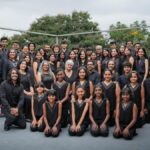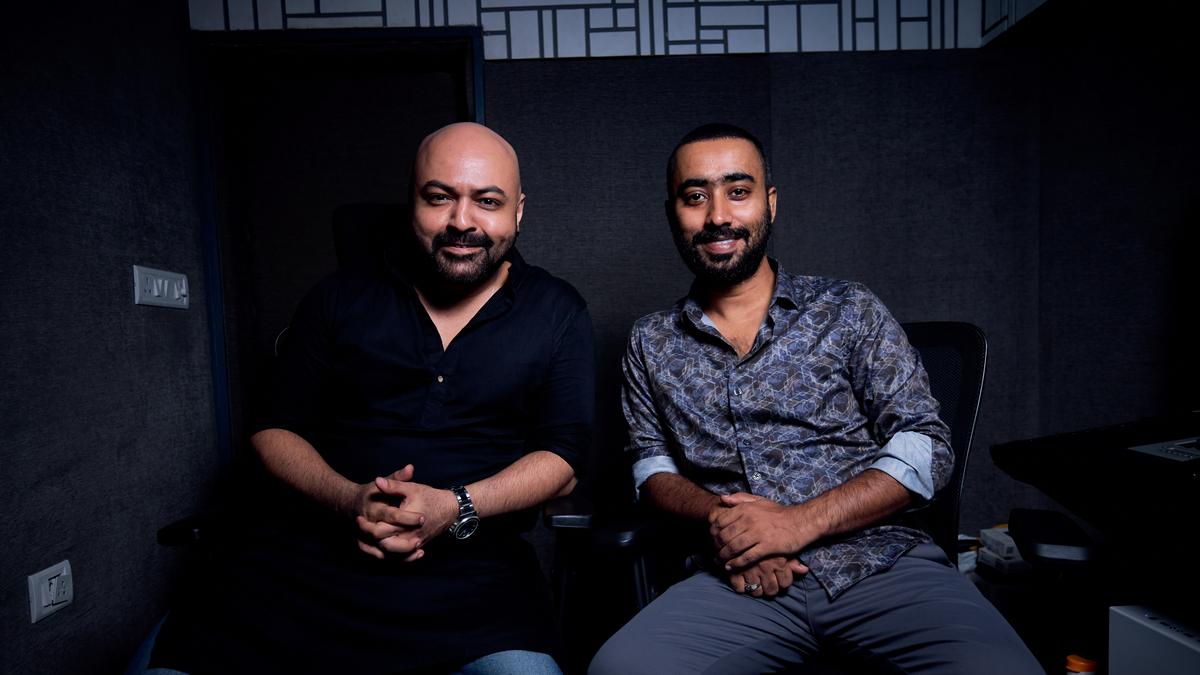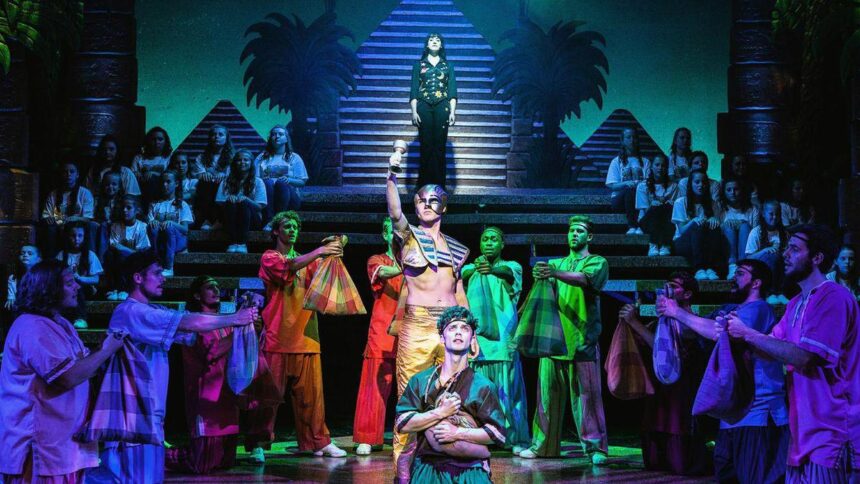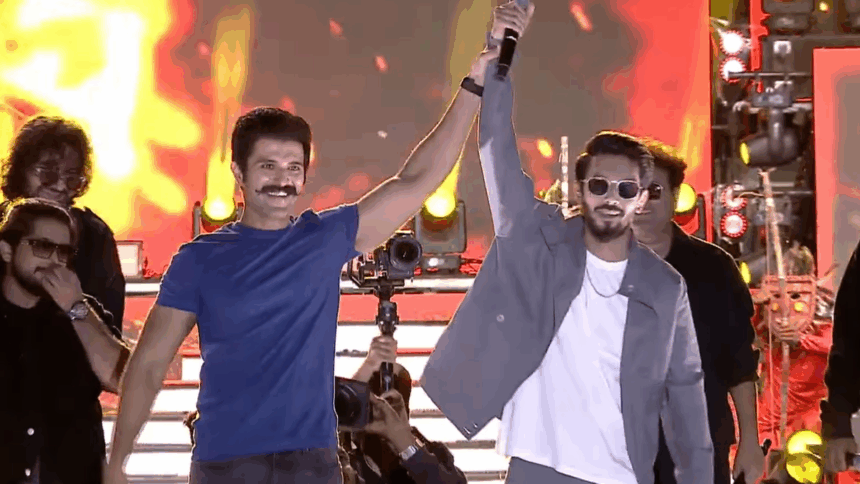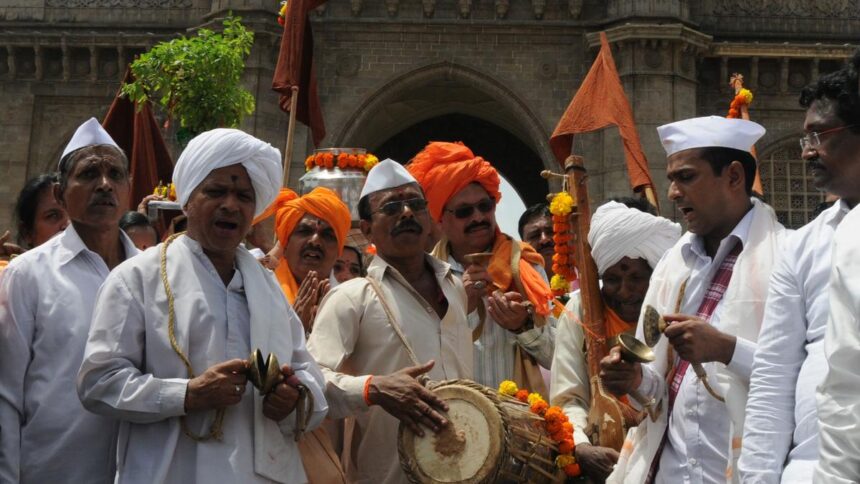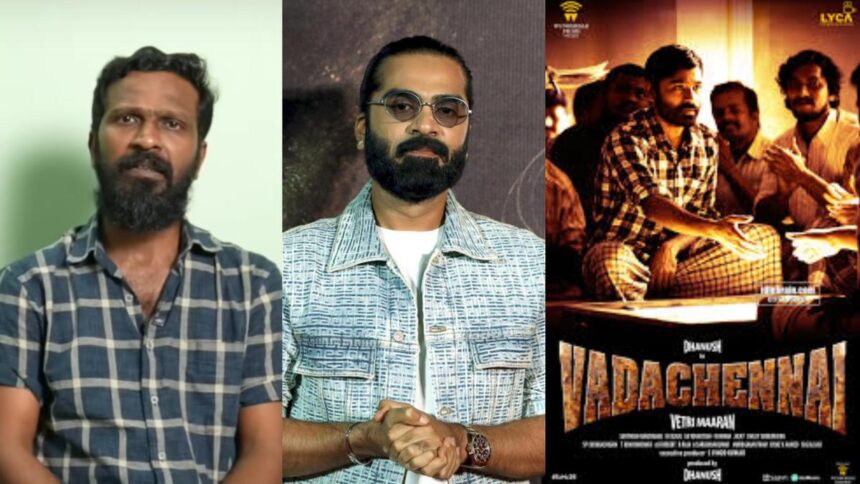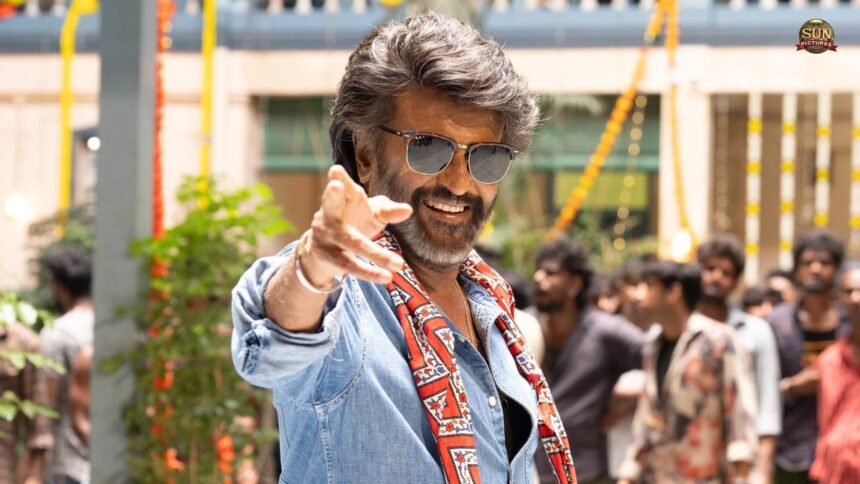When the 71st National Film Awards were announced, Sachin Sudhakaran and Hariharan Muralidharan were at work, as usual. “My dad called to inform me, which made it all the more special,” recalls Sachin. He and Hariharan jointly bagged the National Award for Best Sound Design for the Hindi film Animal. “We are grateful; we weren’t expecting this recognition at all,” adds Sachin, during this interview.
The duo was in Hyderabad recently on a brief visit to finalise the sound design of director Lokesh Kanagaraj’s Coolie starring Rajinikanth and Nagarjuna Akkineni.
Animal won three awards at the 71st National Film Awards, including Special Mention for re-recording (MR Rajakrishnan) and Best Background Score (Harshavardhan Rameshwar). “Sandeep Reddy Vanga, the director, has a clear vision. We observed this since the time we worked with him on Arjun Reddy and Kabir Singh. He knows precisely where the music should begin and end. It is easy when a director and a composer (Harshavardhan) have that clarity,” says Sachin.

All for realism
Vanga wanted the sound to be realistic, reflecting the ambience and conveying the emotions. For example, for the scene featuring Ranbir Kapoor walking into the classroom with a gun, ambient sounds were recorded on campus to keep the mood realistic. The task was also to capture the anger with which the gun shot is fired.
For the 18-minute action episode featuring the mammoth ‘war machine gun’, both music and sound were designed to be dramatic and over the top. “A lot of layering was involved. If you amp up both music and sound to 100%, it would sound noisy; we worked towards balancing the sound, music, and silences,” says Sachin.
Sachin and Hariharan are based in Chennai, where they founded Sync Cinema studio in 2016, four years after they began working together. They met while studying sound engineering at SAE Institute, Chennai. They began as foley artists (recording everyday live sounds to suit a scene) for Tamil films Pizza and Maya, and have so far worked on the sound design of more than 200 films across languages
Notable films
Telugu: Arjun Reddy, Devara, Rangasthalam, Jersey, Dear Comrade, Kushi, Saripodhaa Sanivaaram.
Tamil: Vikram, Vikram Vedha, Kaithi, Master, Leo, Amaran, Parking, Dragon, Coolie.
Malayalam: Hridayam, Jo and Jo, Jana Gana Mana
Hindi: Kabir Singh, Animal.
Work brings them to Hyderabad often and the duo explains that while both Chennai and Hyderabad have state of the art sound recording and mixing studios, the choice often rests on the director. For instance, Lokesh Kanagaraj prefers having on board sound engineer Kannan Ganpat, who moved to Hyderabad from Chennai, and hence Sachin and Hariharan were here to work alongside Kannan at the Annapurna Studios’ Dolby Atmos original suite.
The workflow has been steady. “We almost never say no to work,” laughs Hariharan, “Unless there’s an odd case of two films having simultaneous release dates, making it impossible to work on. We had to let go of Nag Ashwin’s Mahanati because the timeline was too short.”
A few years ago, they would get three to four months to work on a film’s sound. The window gradually reduced to 45 days, then a month, and today they face a situation of completing the sound design within two to three weeks. “Sometimes we are on board at the scripting stage, which gives us the edge to think, plan and record some sounds that would be required,” they say.

Sync sound
While most films prefer to add the dialogues in the dubbing studio rather than recording live on set, a few films take the tougher route of sync sound recording. Sachin and Hariharan observe that sync sound can cut down on post-production time. “The dubbing process can take two or three months. Recording the dialogues on set is a time saver. We have also noticed that the actors’ performances are better.”
For film units that are unable to do this owing to varied reasons, Hari and Sachin try to make the sound appear realistic by capturing live sounds on set — footsteps, the sound of placing a glass on a table or thumping of a fist on the table. “Imagine recording the sound of Ranbir Kapoor thumping his fist on a table in anger on set as opposed to a foley artist trying to replicate that emotion in a studio. The former will be more authentic,” Hari explains.
The duo worked on the sound of the Tamil web series Suzhal that opted for sync sound recording. “Sriya Reddy opted to dub her lines later at a studio, and we tried to match it with the rest of the sync sound recording.”
The dialogues of Arjun Reddy, though recorded in a dubbing studio, were treated like sync sound. “We used mic techniques, echoes and reverbs to convey the sense of real space,” Hari explains in simple terms.
Up next
Sachin and Hari are now working on a handful of films, including director Sujeeth’s They Call Him OG starring Pawan Kalyan, the Prabhas-starrer The Raja Saab, director Vineeth Sreenivasan’s Malayalam film Karam, and Vijay’s Tamil film Jana Nayagan. “We also take up short films; a few directors whose short films we have worked on are now directing feature films,” says Sachin.
As a parting shot, Hari explains why it is crucial that storytellers think of sound at the scripting stage: “The first sound each of us has listened to is our mother’s heartbeat, even before we saw the world. Sound is that important.”
Published – August 20, 2025 12:32 pm IST






